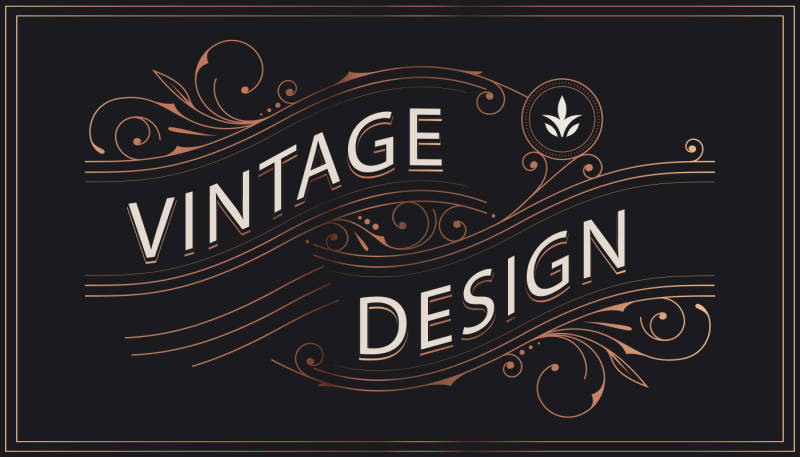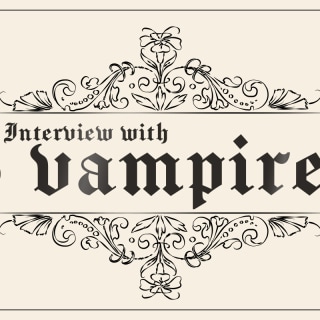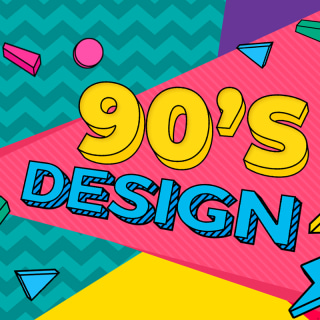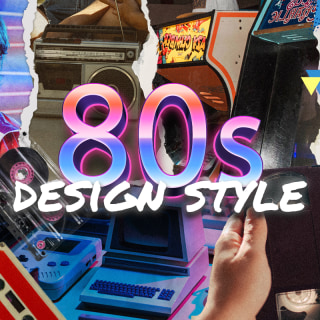Vintage design is a deep well of inspiration for designers. See how your predecessors tackled their work decades ago with a limited set of tools, and how relevant some of the timeless elements remain today. Incorporating a vintage style might just be the answer to your next big hit. Once you try vintage, you never go back.
In the dynamic world of fashion, some styles possess an ageless allure that transcends time. Vintage designs, with their nostalgic charm and timeless appeal, have the power to captivate hearts across generations. As a t-shirt company, embracing vintage styles opens up a world of creative possibilities, allowing designers to craft unique and captivating garments. In this article, we delve into the essence of vintage design, exploring its history, diverse styles, and offering valuable tips to inspire designers on their journey of experimentation.
What is Vintage Design?
Vintage design refers to aesthetics and styles inspired by past eras, typically from the early 20th century to the late 1980s. It celebrates the rich cultural heritage of bygone times, infusing modern creations with the spirit of yesteryears. Vintage designs often evoke feelings of nostalgia, taking us on a journey down memory lane.
Vintage in One Word: Nostalgia
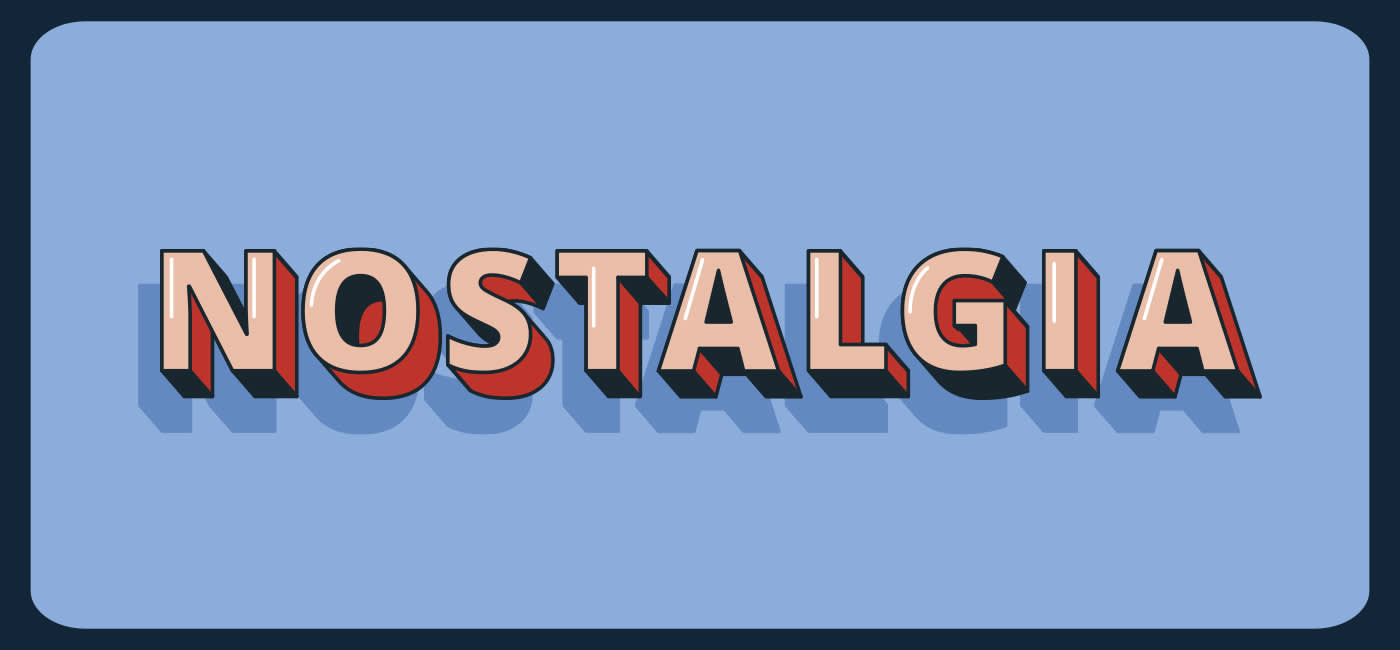
At its core, vintage design is synonymous with nostalgia. It taps into our collective memories, reminding us of simpler times and cherished moments. Whether it’s the elegant flair of the Roaring Twenties or the rebellious spirit of the punk era, vintage styles transport us back in time, evoking a sense of sentimentality that resonates deeply.
Retro vs. Vintage
While the terms “retro” and “vintage” are often used interchangeably, they hold distinct meanings. Retro refers to contemporary imitations or revivals of past styles, while vintage denotes authentic designs from the past. Vintage designs are the genuine articles from the era they represent, carrying historical significance and cultural value.
Short History of Vintage
The concept of vintage design gained prominence in the 20th century as a reaction to rapid industrialization and mass production. As people sought a connection to their past, they began appreciating and preserving older styles and artifacts. Today, vintage design continues to thrive, captivating designers and fashion enthusiasts alike
Vintage Styles
1. Victoriana
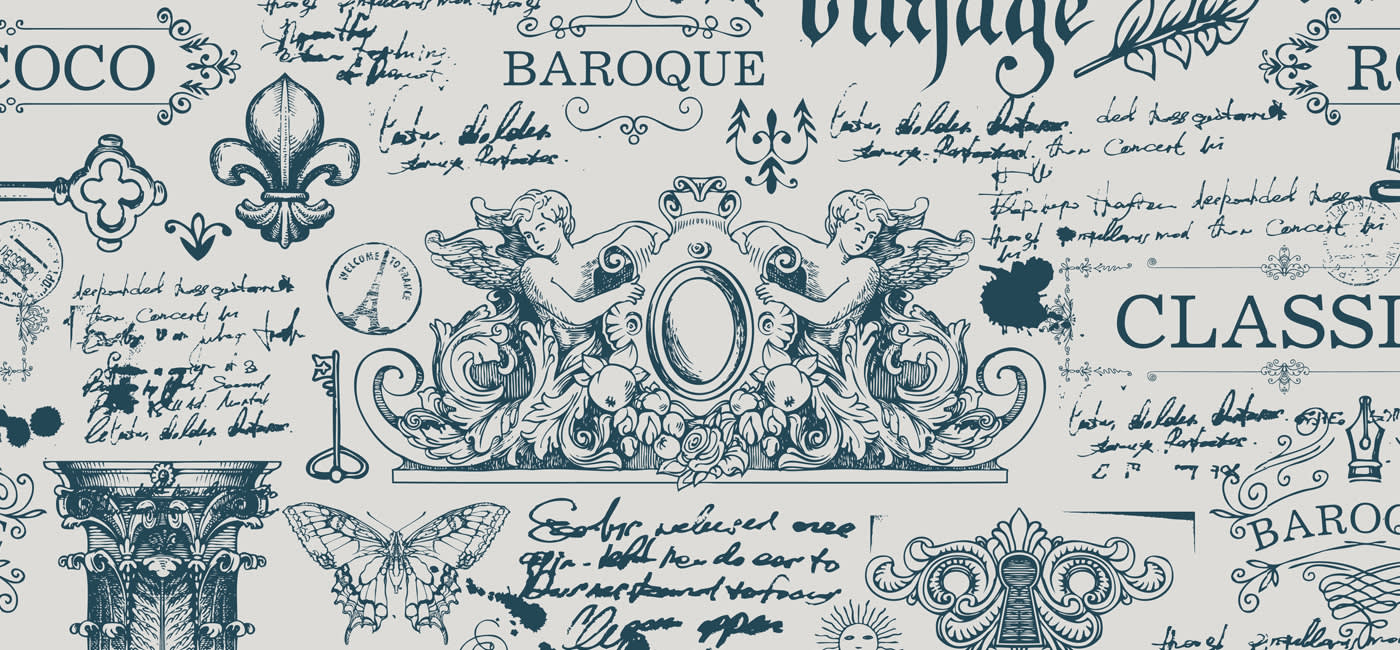
Inspired by the opulence and refinement of the Victorian era, the Victoriana style transports us to a time of elegance and romance. Delicate lace, high collars, and intricate details define this aesthetic, capturing the essence of Victorian fashion. T-shirts designed with a Victoriana touch often feature vintage-inspired illustrations of Victorian women in their flowing gowns, surrounded by floral motifs and ornate frames. The use of soft, muted colors, such as pastel blues, pinks, and creams, further enhances the vintage allure. The Victoriana style’s enduring appeal lies in its ability to evoke a sense of grace and sophistication, making it a perfect choice for those seeking a touch of timeless beauty in their wardrobe.
2. Gothic
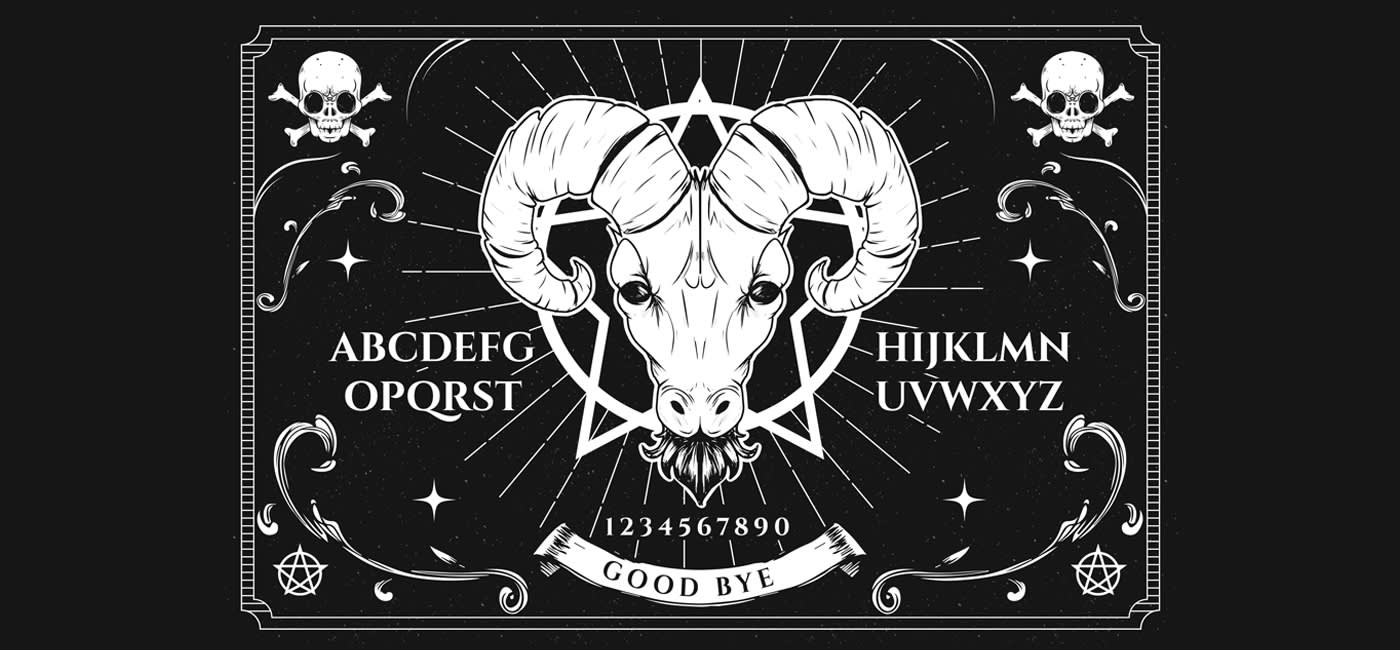
Taking inspiration from Gothic architecture and literature, the Gothic vintage style embraces a dark and mysterious aesthetic. Black is the predominant color, symbolizing the darkness and depth of the Gothic world. Designs often incorporate intricate patterns, such as ornate ironwork or medieval-inspired motifs, evoking a sense of ancient mystique. Gothic-themed t-shirts may feature iconic elements like ravens, candelabras, and gargoyles, adding a touch of darkness and enigma. This style’s allure lies in its ability to appeal to those with a taste for the macabre and those who appreciate the artistic and poetic beauty that lies within the shadows.
3. Letter Press
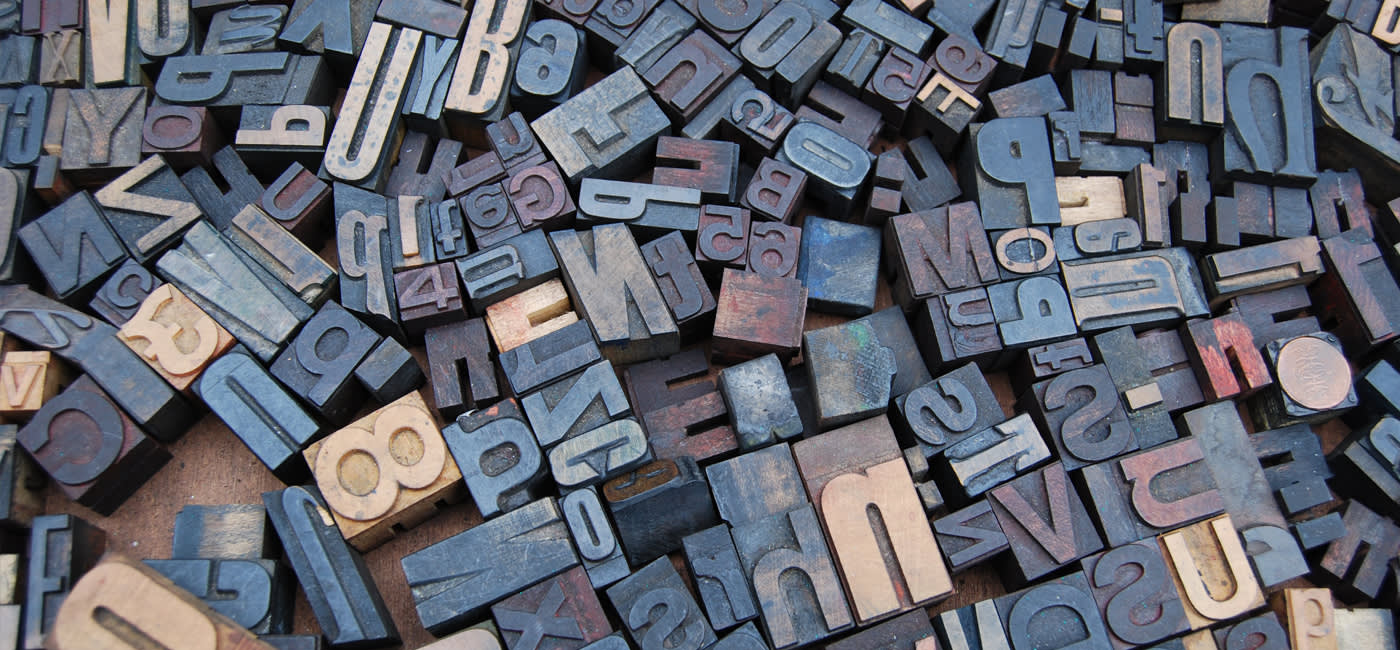
Rooted in the art of letterpress printing, this vintage style captures the essence of a bygone era when printing was a meticulous craft. T-shirts designed in the letterpress style often feature vintage typography, reminiscent of old typewriter fonts or classic book printing. The texture of letterpress printing, with its slightly raised ink impressions, is often mimicked in these designs, giving them a tactile and authentic feel. The color palette tends to be earthy and subdued, exuding a sense of warmth and craftsmanship. This style’s appeal lies in its ability to infuse contemporary designs with a touch of history, appealing to both design enthusiasts and those who appreciate the art of traditional craftsmanship.
4. Art Nouveau
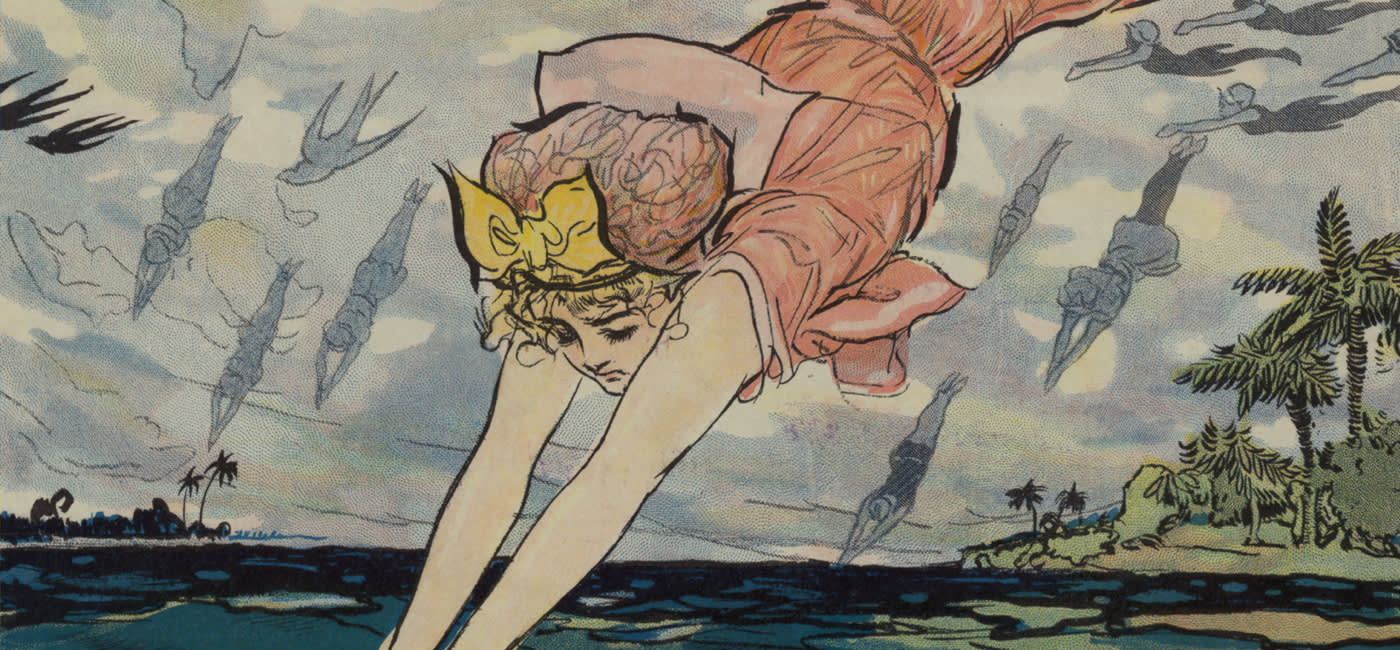
Known for its flowing lines and nature-inspired motifs, Art Nouveau is an iconic vintage style that captivated the late 19th and early 20th centuries. T-shirts designed in the Art Nouveau style often showcase sinuous curves, floral patterns, and elegant female figures, paying homage to the era’s fascination with nature and feminine beauty. The color palette typically includes soft pastels and natural hues, reflecting the gentle, organic aesthetic of the style. Art Nouveau designs possess a mesmerizing quality that enchants viewers with their harmonious and graceful compositions, making them a perfect choice for those who seek an artistic and sophisticated vintage touch in their attire.
5. Art Deco
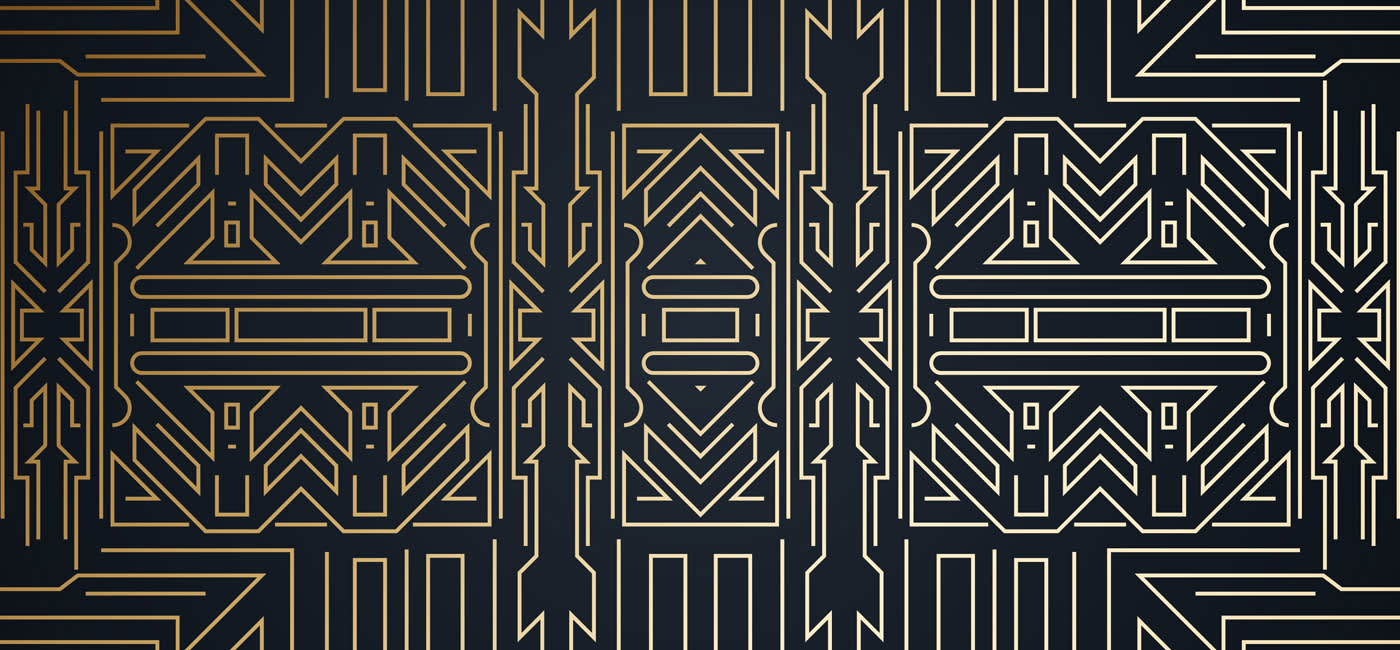
Embodying the opulence and extravagance of the Roaring Twenties, Art Deco is an influential vintage style known for its geometric shapes and lavish ornamentation. T-shirts designed in the Art Deco style often feature bold, angular patterns, intricate detailing, and stylized depictions of animals, sunbursts, and skyscrapers. The color palette is rich and luxurious, incorporating metallics like gold and silver, along with vibrant jewel tones. Art Deco designs exude a sense of glamour, celebrating the spirit of the Jazz Age and the roaring twenties, making them a favorite among those who appreciate the exuberant and celebratory vibe of the time.
6. Bauhaus
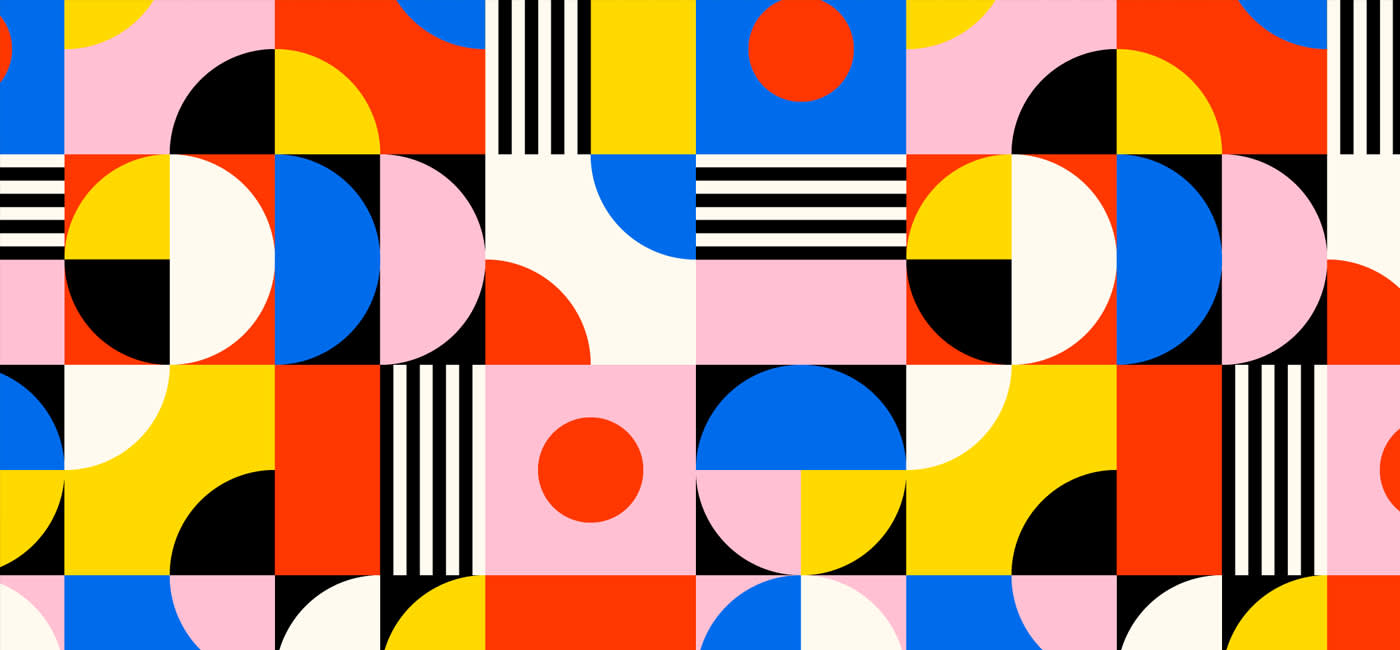
Rooted in the principles of functionality and minimalism, the Bauhaus style is a testament to the early 20th-century modernist movement. T-shirts designed in the Bauhaus style often feature clean lines, simple geometric shapes, and a focus on form and function. The color palette is typically limited to primary colors and neutral tones, reflecting the Bauhaus movement’s emphasis on simplicity. Bauhaus designs exude a sense of order and efficiency, appealing to those with a taste for clean, contemporary aesthetics, while also offering a nod to the avant-garde pioneers of modern design.
7. Mid-century pop-art
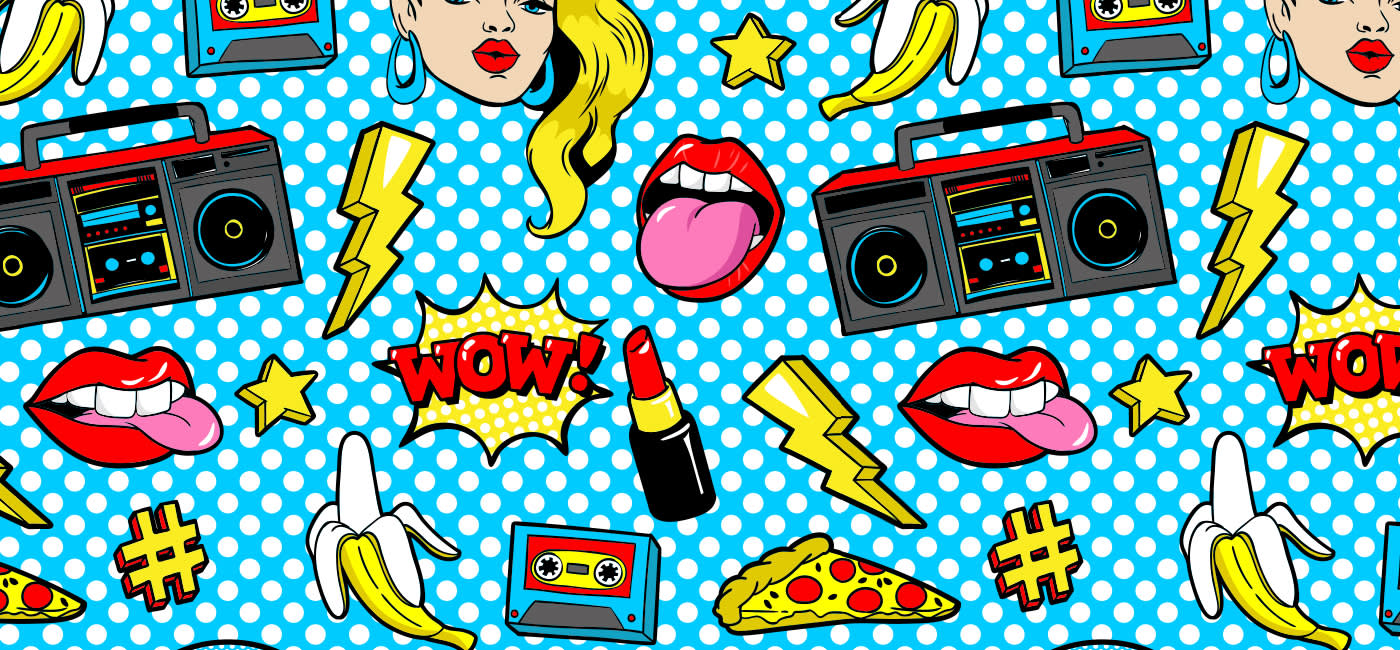
Drawing inspiration from the mid-20th century, Mid-Century Pop-Art is a vintage style characterized by its bold and vibrant imagery. T-shirts designed in this style often feature bright colors, graphic patterns, and pop culture references from the era. Elements like retro advertisements, comic book-style illustrations, and iconic symbols from the 1950s and 1960s are popular choices for these designs. The Mid-Century Pop-Art style’s appeal lies in its ability to evoke a sense of fun, nostalgia, and playfulness, making it a favorite among those who appreciate the exuberance and optimism of the mid-century era.
8. Punk
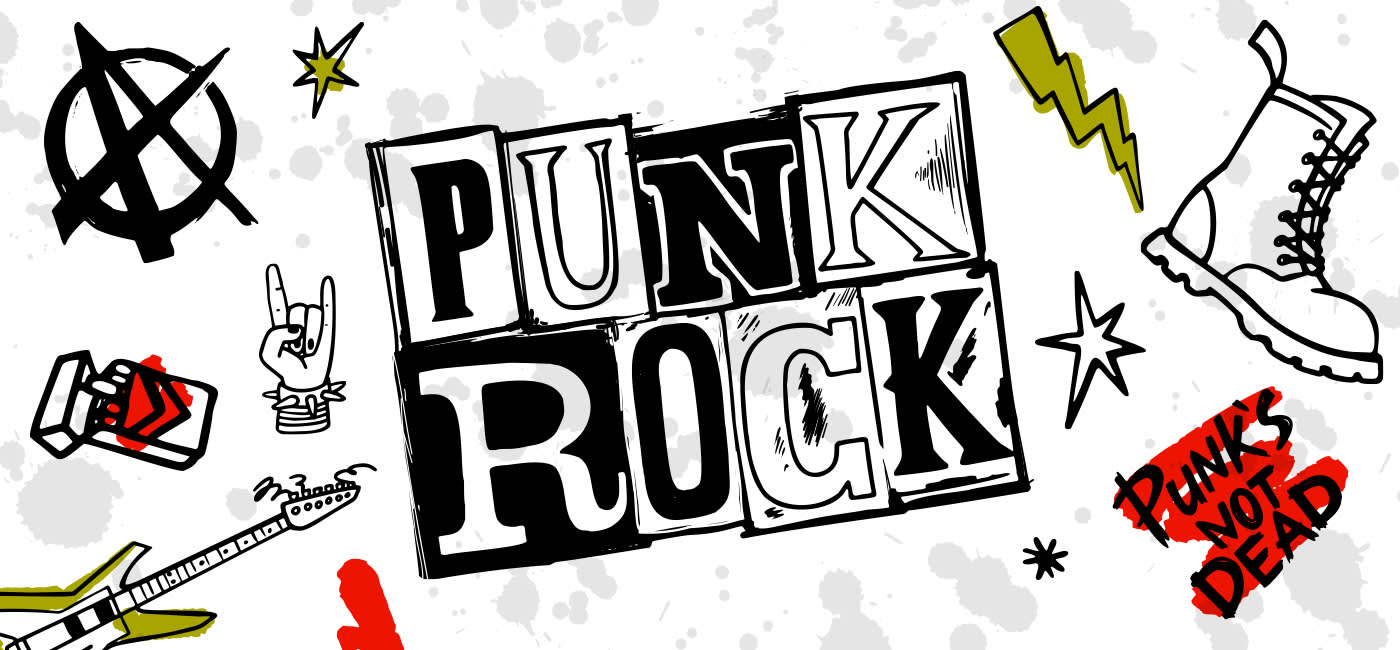
Born in the 1970s as a rebellion against mainstream culture, punk style embodies a raw and DIY attitude. T-shirts designed in the punk style often feature edgy graphics, distressed elements, and bold, rebellious messages. The color palette is dark and grungy, with black, red, and metallic accents dominating the designs. Punk-inspired t-shirts embrace an anarchic spirit, appealing to those who march to the beat of their own drum and seek to make a bold statement with their attire.
9. Steampunk
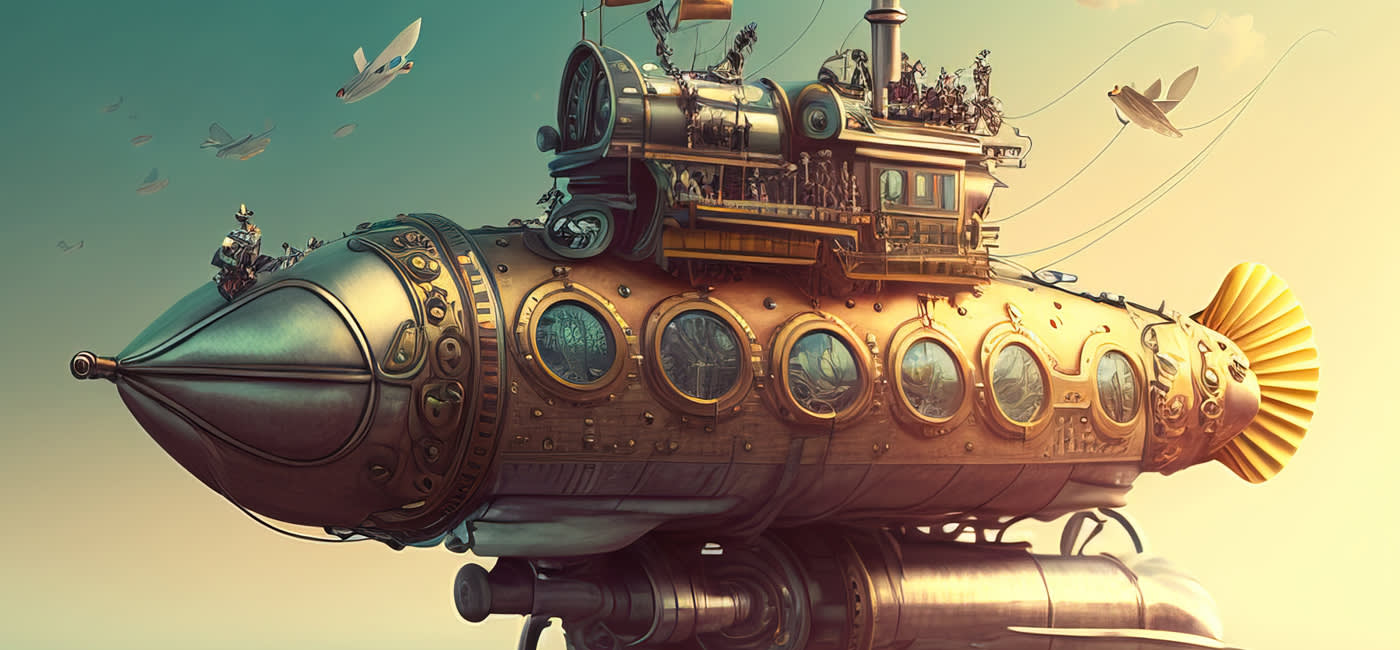
Merging Victorian elegance with industrial elements, steampunk is a fantastical vintage style that imagines an alternate reality where steam-powered machinery thrives. T-shirts designed in the steampunk style often showcase intricate gears, cogs, and clockwork motifs, along with Victorian attire reimagined with a mechanical twist. The color palette leans toward rich browns, coppers, and metallic hues, evoking the vintage charm of a bygone era. Steampunk designs have a whimsical and adventurous appeal, resonating with those who appreciate the fusion of history, fantasy, and innovation.
10. Grunge
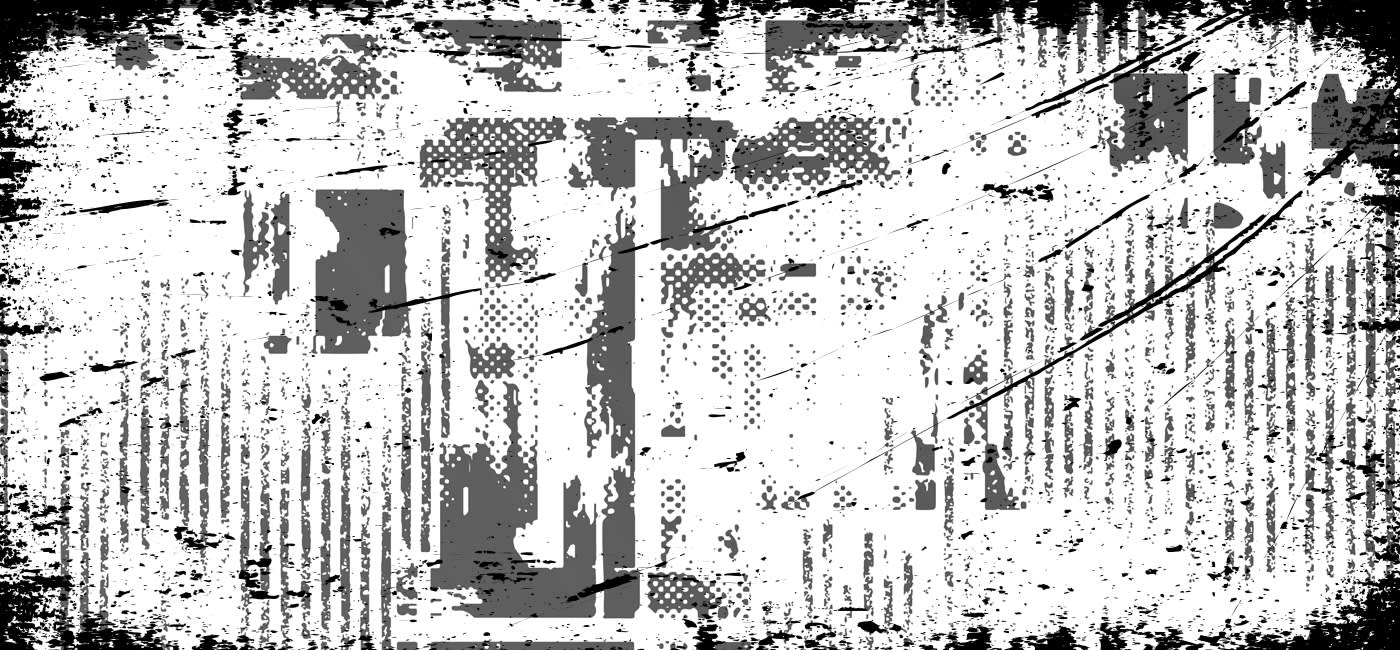
Emerging in the 1990s as a reaction against mainstream fashion, grunge style embraces a rugged, unpolished look. T-shirts designed in the grunge style often feature distressed textures, flannel patterns, and rebellious messages. The color palette is dark and moody, with black, gray, and earthy tones dominating the designs. Grunge-inspired t-shirts evoke a sense of authenticity and anti-establishment sentiment, appealing to those who embrace a carefree and rebellious spirit in their fashion choices.
11. Vaporwave
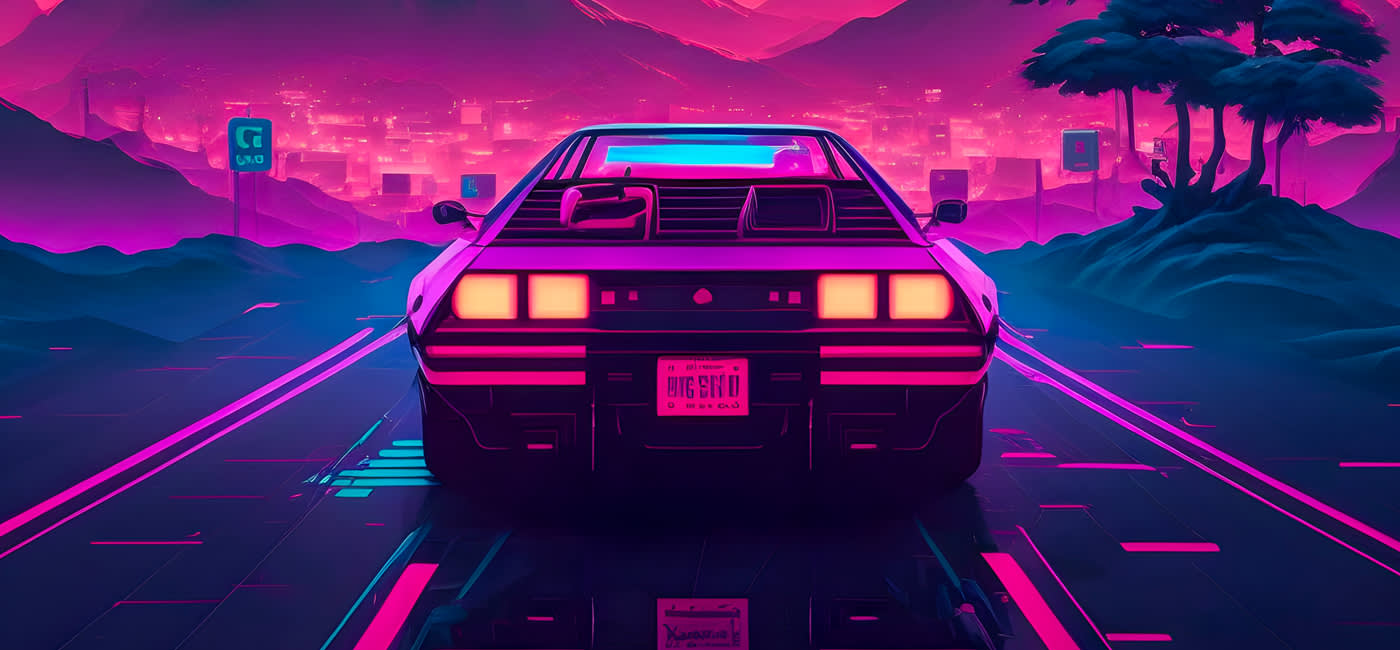
A contemporary take on vintage aesthetics, vaporwave style combines retro imagery with futuristic elements, pastel colors, and glitch effects. T-shirts designed in the vaporwave style often feature pixelated graphics, 1980s and 1990s references, and a dreamy, surreal atmosphere. The color palette includes soft pastels, neon hues, and iridescent shades, creating a nostalgic yet otherworldly vibe. Vaporwave designs resonate with those who appreciate the blending of past and future, offering a captivating visual journey into a retro-futuristic realm.
Vintage Design Tips
- Pick one era and stick with it. This will give your designs thematic coherence.
- Use typical colors from the era of your choice. Whatever option you go for, check out actual designs from that period to see what palette was commonly used at the time and find that authentic feel. For inspiration, check out articles like this vintage color palette, and if you need a little help with your color theory, we’ve put together a run-down of the best tools for thinking about color.
- Make sure you match your font to your period, too. Different typography is appropriate for different eras.
- To make it simple, break down your design into its constituent elements and construct each one according to the design principles of the era you are working with.
- Don’t overdo it. Yu design still needs to appeal to a contemporary audience; if that means sacrificing some authenticity to stay within the design norms and expectations of modern audiences, so be it.
Note: there’s a fine line between vintage and outdated. To keep your designs looking relevant and fresh, carefully mix elements of vintage style with modern design features. It’s a balancing act, so don’t be scared to experiment!
Resources and tutorials
- Vintage design tips from 99 Designs
- Vintage poster design with Kreafolk
- Ultimate vintage poster design from Kittl
- Vintage T-shirt design in Photoshop with Spoongraphics
- Vintage logo design in illustrator from Spoongraphics
- Vintage large letter postcard design from Spoongraphics
Still feeling the twangs of nostalgia? Check out our guide to design styles of the 90s. Happy creating!
